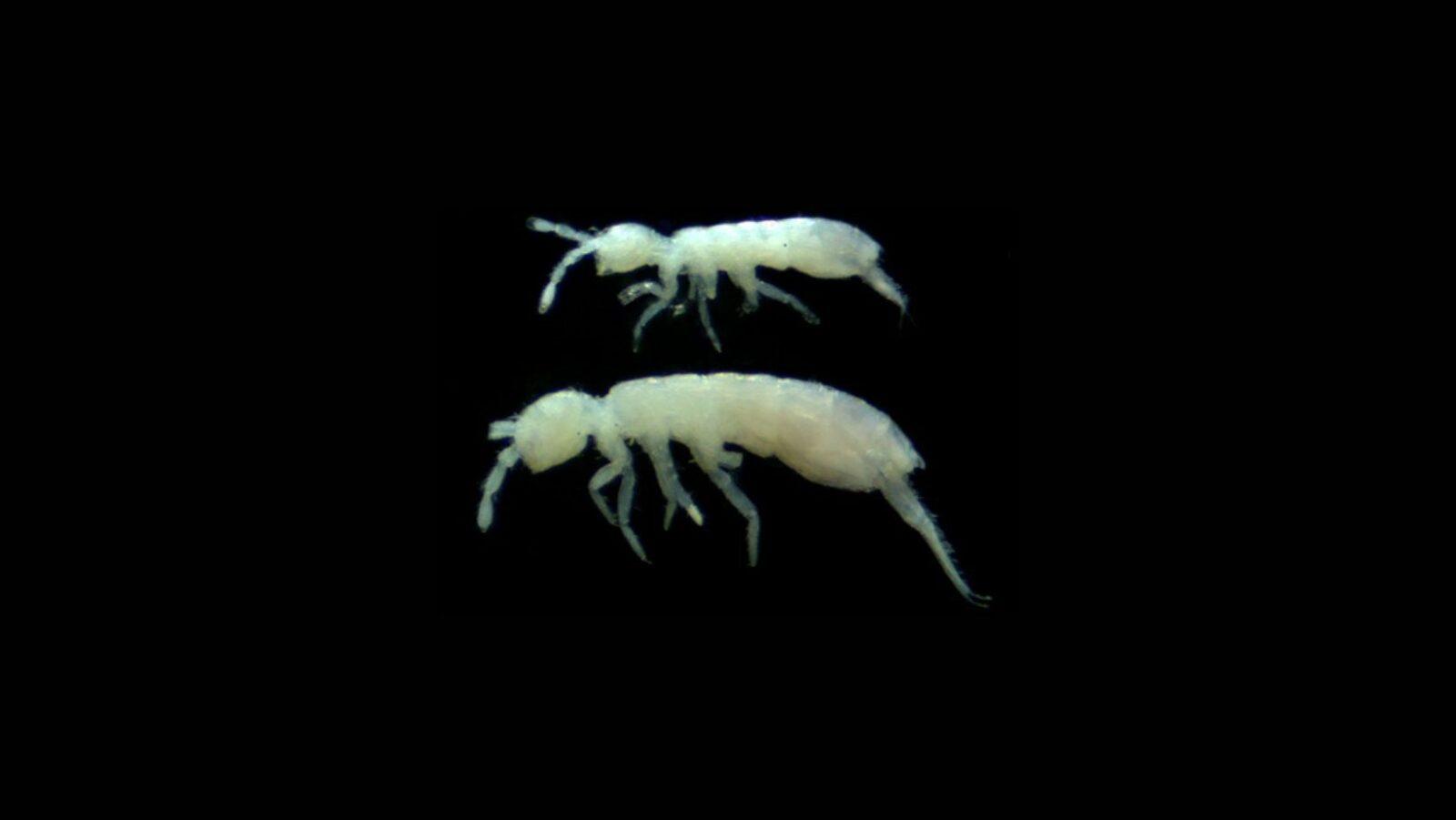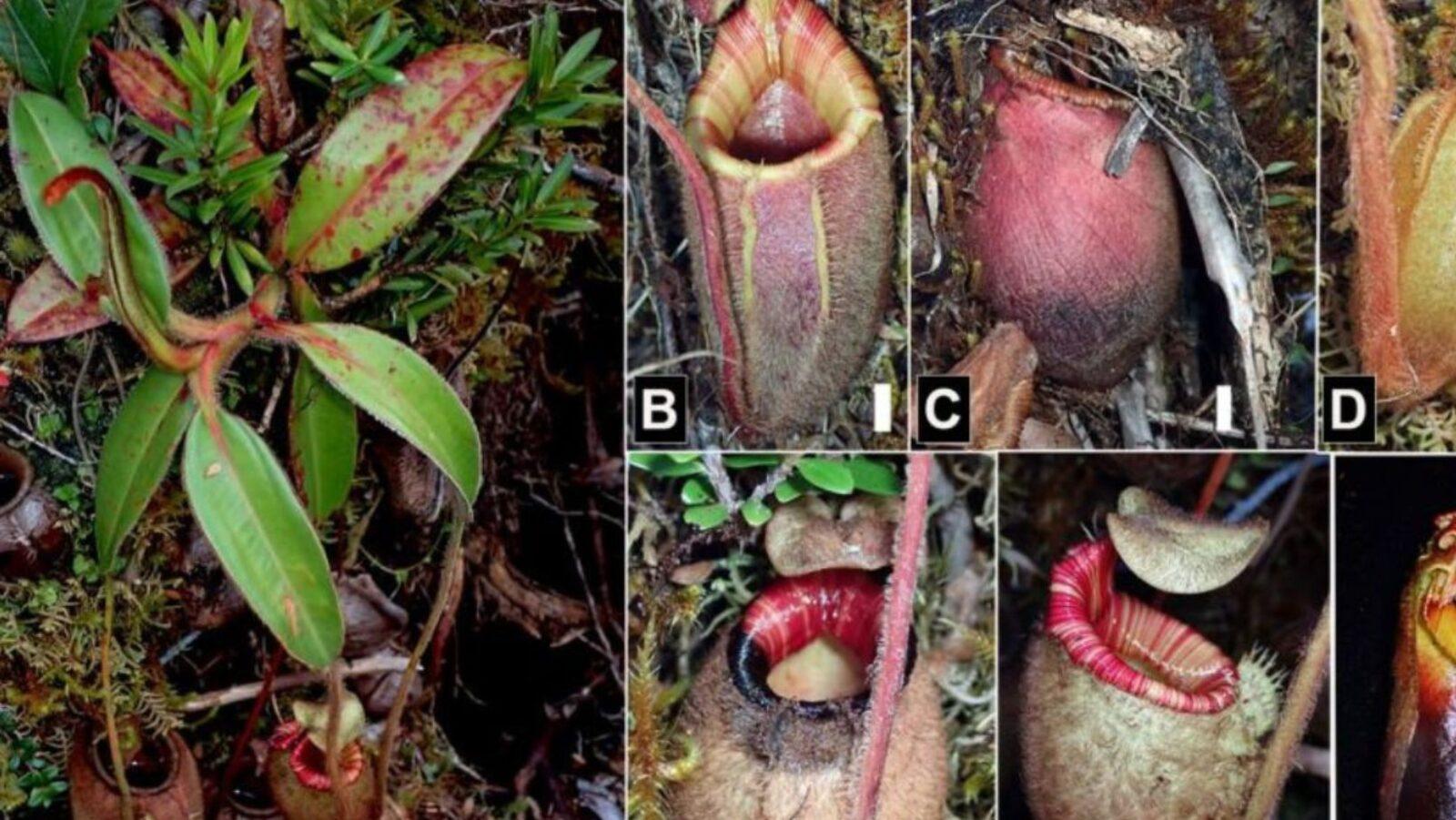
Mass extinction is an extremely rare yet profound event characterized by the loss of a significant portion of the Earth’s species—bacteria, fungi, plants, mammals, birds, reptiles, amphibians, fish, invertebrates—across a wide geographic area. While species extinction is inevitable as part of the natural life cycle, mass extinctions are extraordinary in scale and impact.
According to the Natural History Museum, approximately 98% of all organisms that have ever existed on our planet are now extinct. These catastrophic events lead to drastic changes in the Earth’s biosphere. In their aftermath, surviving species and their descendants adapt to the transformed conditions, often claiming abandoned ecological niches or occupying newly created ones. This process fosters significant evolutionary opportunities and biodiversity shifts.
What causes a mass extinction?
Several factors can cause a mass extinction. For instance, a large asteroid hitting the Earth can cause massive fires, block sunlight, and disrupt food chains, leading to widespread extinctions.
Rapid changes in climate can also alter habitats. During the end-Cretaceous extinction, changes in climate led to new plant species and affected the animals that depended on them. Huge volcanic eruptions can release gases that cause acid rain, global cooling or warming, and ocean acidification. The Deccan Traps eruptions are believed to have contributed to the end-Cretaceous extinction.
Shifts in oxygen levels in the ocean can create dead zones where marine life cannot survive, devastating marine ecosystems. Meanwhile, rising or falling sea levels can destroy coastal habitats and change ocean currents, disrupting environments for many species. Lastly, increases in greenhouse gases can drive global climate change, affecting weather patterns and living conditions for many species.
Are we headed toward another mass extinction event?
Throughout Earth’s 4.5-billion-year history, the fossil record has revealed that there have been at least five mass extinctions, the most well-known of which is the Cretaceous-Tertiary (K-T) extinction event that wiped out the dinosaurs about 66 million years ago. Over the years, experts have noted some unsettling trends that we may be facing the next one.
Biological annihilation
Researchers have coined the term “biological annihilation” to describe the ongoing loss of biodiversity. A 2017 study found that over 30% of all vertebrate species have declining populations, with many species facing extinction in the coming decades. This loss of species and genetic diversity disrupts ecosystem stability and functioning.
In particular, insect populations are declining at alarming rates, with some estimates suggesting a 40% decrease in insect abundance over the past few decades. This is particularly concerning as insects play vital roles in ecosystems, such as pollination and nutrient cycling. The ongoing loss of insects could have cascading effects on other species and disrupt ecosystem functions.
Climate change
Climate change is a major driver of the current extinction crisis. Global temperatures have risen by about 1.1°C since the late 19th century, and this trend is expected to continue. Ocean acidification, sea level rise, and extreme weather events are also consequences of climate change that threaten many species. Current extinction rates are estimated to be 100 to 1,000 times higher than natural background rates, largely due to human-induced climate change and habitat alteration.
Endangered species
The International Union for Conservation of Nature (IUCN) Red List currently classifies over 35,000 species as threatened with extinction. This includes 41% of amphibians, 34% of conifers, 33% of reef-building corals, 26% of mammals, and 13% of birds. The number of endangered species continues to grow, highlighting the urgent need for conservation efforts to prevent further losses.
These indicators collectively suggest that we are indeed facing a potential mass extinction event, driven largely by human activities such as habitat destruction, pollution, overexploitation, and climate change. While the current rate of extinction is lower than some past mass extinctions, the ongoing loss of species is still cause for serious concern and action.
Invasive species
A recent study found that invasive species—organisms not native to their new environments—are a major cause of recent extinctions. These species, often spread unintentionally through human activities like travel and global trade, can severely disrupt ecosystems. Examples in the U.S. include zebra mussels and brown marmorated stink bugs. Since 1500, about one-third of the 953 global extinctions have been linked to alien species, highlighting their significant impact on biodiversity.—Sarah Yutuc & Mikael Angelo Francisco
References
- https://www.indy100.com/science-tech/study-mass-extention-human-caused-environment-b1925020
- https://www.sciencedaily.com/releases/2018/03/180327102633.htm
- https://www.fau.eu/2018/03/14/news/research/mass-extinction-with-prior-warning/
- https://www.nhm.ac.uk/discover/what-is-mass-extinction-and-are-we-facing-a-sixth-one.html
- https://www.businessinsider.com/signs-of-6th-mass-extinction-2019-3
- https://www.britannica.com/science/mass-extinction-event
- https://www.sciencealert.com/new-evidence-confirms-the-sixth-mass-extinction-has-already-begun-scientists-warn
- https://www.sciencealert.com/these-12-signs-show-we-re-in-the-middle-of-a-6th-mass-extinction
- https://www.sciencealert.com/here-s-how-biodiversity-experts-recognise-that-we-re-midst-Mass-extinction









